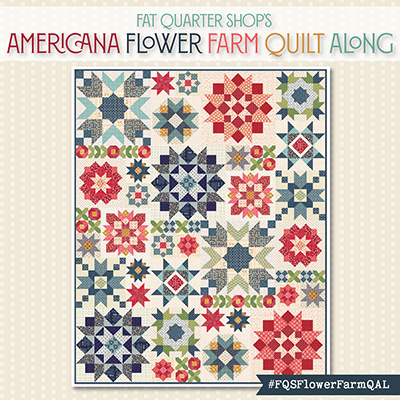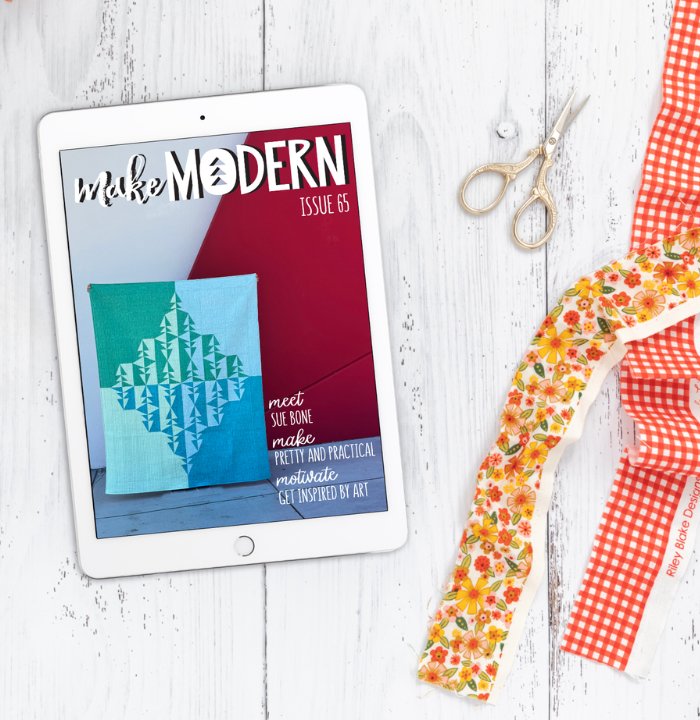Feathers, six-inch blocks, turtles, flying geese and sewing machines… what do they all have in common? All of them were made into mini quilts using a technique called paper piecing. What is paper piecing? It is the best!! A great way to get precise points without any fuse. Paper piecing is also the secret to creating a tiny block easily. The very first time I tried paper piecing was when I made a block called Feather Fall by Lillyella. I fell in love with the block and paper piecing that moment. This is why I asked Nicole from Lillyella to tell us what paper piecing is. For this interview, my comments and questions are in purple and Nicole’s comments are in grey.


Tell me about yourself.
Hi! I’m Nicole, but I will also answer to Nikki, or Lilly, so choose your favorite. I’m a graphic designer and photographer by trade but have worked for myself for the last nine years. I was born and raised in Northeast Ohio, but now I live on a small farm in Southern Colorado with my husband and our furry flock. The majority of my time I spend working on our land and spend the rest sewing and designing patterns! I love my life 🙂
What is Paper Piecing? Is it the same thing as Foundational Paper Piecing?
Here’s my summary in nutshell! There is Foundation Piecing, Foundation Paper Piecing (also commonly referred to as simply “paper piecing”), and English Paper Piecing (also known as EPP).

Foundation piecing is the act of using a foundation of some sort to sew your fabric to when creating blocks. When referenced without the word “paper”, the foundation is typically a lightweight fabric, such as a muslin, and stays in place after piecing. Foundation PAPER piecing refers to this same method, but instead uses a lightweight piece of paper as the foundation that you are sewing your fabrics to. The paper is then removed after piecing, before finishing the quilt. English Paper Piecing also uses a paper foundation, essentially, though it is typically a card stock. It is cut to a specific shape and a piece of fabric is placed over, wrapped around, and tacked through the fabric only with hand stitches (or glue basted) to hold its shape. Several of these shapes are then hand stitched together and the papers are removed.
Typically, I’ve found that when people just say “paper piecing”, they are referring to foundation paper piecing, rather than English paper piecing, which you will most commonly hear called “EPP”. I have seen and heard all these terms intermingled on occasion, however, so I’ve found it’s always best to clarify!
What is the history of Paper Piecing known to you?
Foundation Paper Piecing is definitely a more modern technique that came about from the historical use fabric of foundation sewing, which is thought to possibly date all the way back to the 15th century, though was popular in the 18th and 19th centuries in England.
How and when did you get started in Paper Piecing?
I don’t remember when or where I first heard about paper piecing, but I remember being completely intrigued. I had been sewing very casually my entire life but was just really learning how to quilt and starting to understand techniques. Without knowing anything about how paper piecing worked, I just could not wrap my brain around how you would use paper to make quilt blocks.
I had taken a beginners quilting class at my LQS about three months prior and I asked if they would do a class on paper piecing. Instantly I was hooked! I loved the precision of it and how it allowed you to create designs that would, often times, be impossible to replicate with rotary cut blocks or templates. I think it was maybe about six months later that I started designing my first pattern, Take Wing, to use for a swap. At that point I had no intentions to sell it or to continue designing patterns, but it just took off and now I can’t stop!
What is your most popular pattern?
My first pattern, Take Wing, is still my most popular!

What information should beginners know?
One thing that’s important to know is that there are more than one way to paper piece. None of them are wrong. Everyone has their favorite ways of doing things and develops their own techniques. This can sometimes be confusing when learning, but every method ends with the same result.
Paper piecing often feels backwards and confusing to people at first. It can take some time to wrap your brain around, but I promise it does get easier! I had to verify the steps MANY times when I first began, but now it is like second nature. It is not a hard technique, and the process is the same whether you are making a tiny, simple block, or a huge complex quilt. It’s important just to make sure you are focused and paying attention as you go. I find it’s a hard technique to do while trying to multitask or sew in a group because it’s easy to get distracted and miss a step or make a mistake. I have found that once people get it down, they are hooked!

When it comes to the “tools”, I love the Add a Quarter ruler and highly recommend using newsprint paper — it makes a huge difference (compared to standard printer paper). You can purchase Foundation paper (such as Carol Doak’s brand), or you can buy bulk newsprint in reams of 500 sheets from art supply stores
(such as dickblick.com).
I hope this interview has given you a clearer idea of what paper piecing is. I love, Love, LOVE, Nicole’s patterns and designs. The images that you see in this post feature her free downloadable pattern called Butterfly Charm Blocks. This butterfly block would make a cute mini quilt, focal detail on a bag, pocket, or even potholder. It is a great pattern for a sewist new to paper piecing. So have fun and create! I think you should try out a few more of her papers, too. The following images are on my making list. I have made the feather, but I want to make it again.

Feather Fall Single Block Paper Piecing Pattern

Undercover Maker Mat




